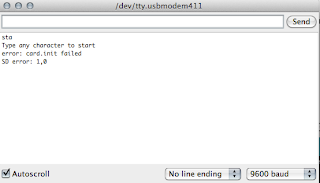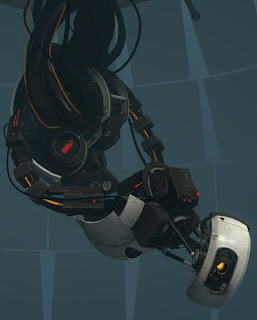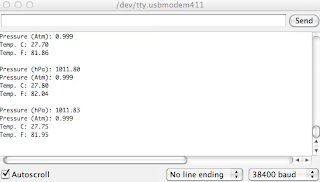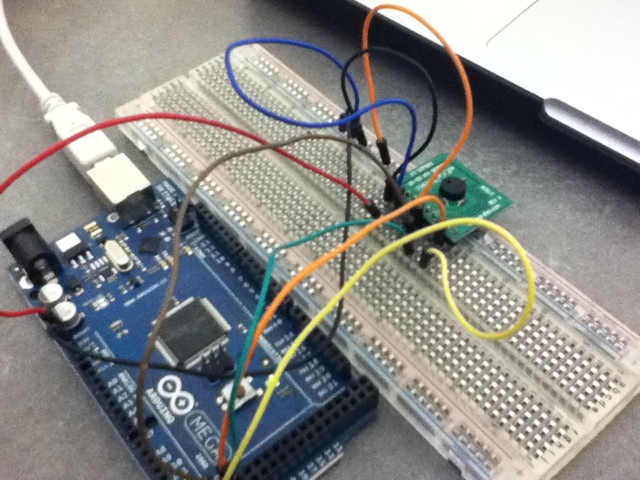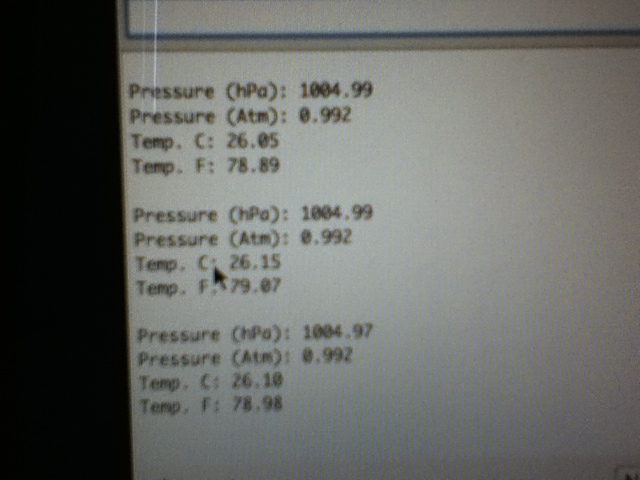First, let me say how extremely difficult it was to find artists who were specifically working with the idea of art history with proximity sensors. But I did find many who added sound to their original pieces with a proximity sensor.
http://www.heddier.com/electronic/d_load/html/kaufmann_en.html?XTCsid=loecwhylsNo an artist, but an example of how something very similar is being used in an actual museum. The museum is located in Germany and specializes in electronics based artwork. The link here is from the Heddier Electonics webpage as an example of how their technology has been used.
I couldn't find any information on the museum's webpage about the piece, or who exactly came up with the idea which is disappointing because it was the closest thing I would find to what I was doing.
http://www.anothersideofin.com/This is is related project more than a related artist
"ANOTHER SIDE OF IN is an interactive multimedia art installation created by a collaboration of three artists.
Mike Gordon, musician and member of the band Phish, designed customized sounds extracted from his recent album, INSIDE IN. Marjorie Minkin, Mike’s mother and visual artist who has developed a unique process for making sculptural paintings with molded Lexan, created relief works for the looped sounds while listening to them. Jamie Robertson, creative technologist and musician, designed and built the innovative wireless electronics, enabling the viewer to interact with sound and light on each piece through proximity with the works."
http://www.driftingcity.com/main/featured/dreamgrove" Dreamgrove is an ongoing participatory projects that connects a webpage (and iPhone App) to an interactive garden. It contains dreams. The app and webpage record them in a public, virtual field; the garden narrates them through an interactive soundscape.
There, through an array of motion and proximity sensors, visitors triggered a soundscape: zones of white noise, whispers, augmented sounds, and narrated dreams- connected to the database, spoken through trees. The layout, clusters and memory spaces of the virtual “field of points” mirror the structure and the sound intensities of the Interactive Garden."
UPDATE:
Thinking about the conversation I had with the class on monday about my project I wanted to add an additional artist.
When it was mentioned that I should think about how a museum tour can be "art" I immediately thought of the Andrea Fraser piece "Museum Highlights" in which she pretends to be a docent in a museum and leads unsuspecting museum visitors on a fake tour of the museum. She starts the tour, seemingly normal but eventually turns it into something ridiculous as she talks in detail about restrooms and water fountains. Here she uses the idea od a museum tour to make a commentary about the infrastructure.
http://news.wustl.edu/news/Pages/9446.aspxI don't necessarily want to comment on the idea of the museum infrastructure myself, but I feel like this is a good idea of taking the idea of a museum tour and converting into art.






